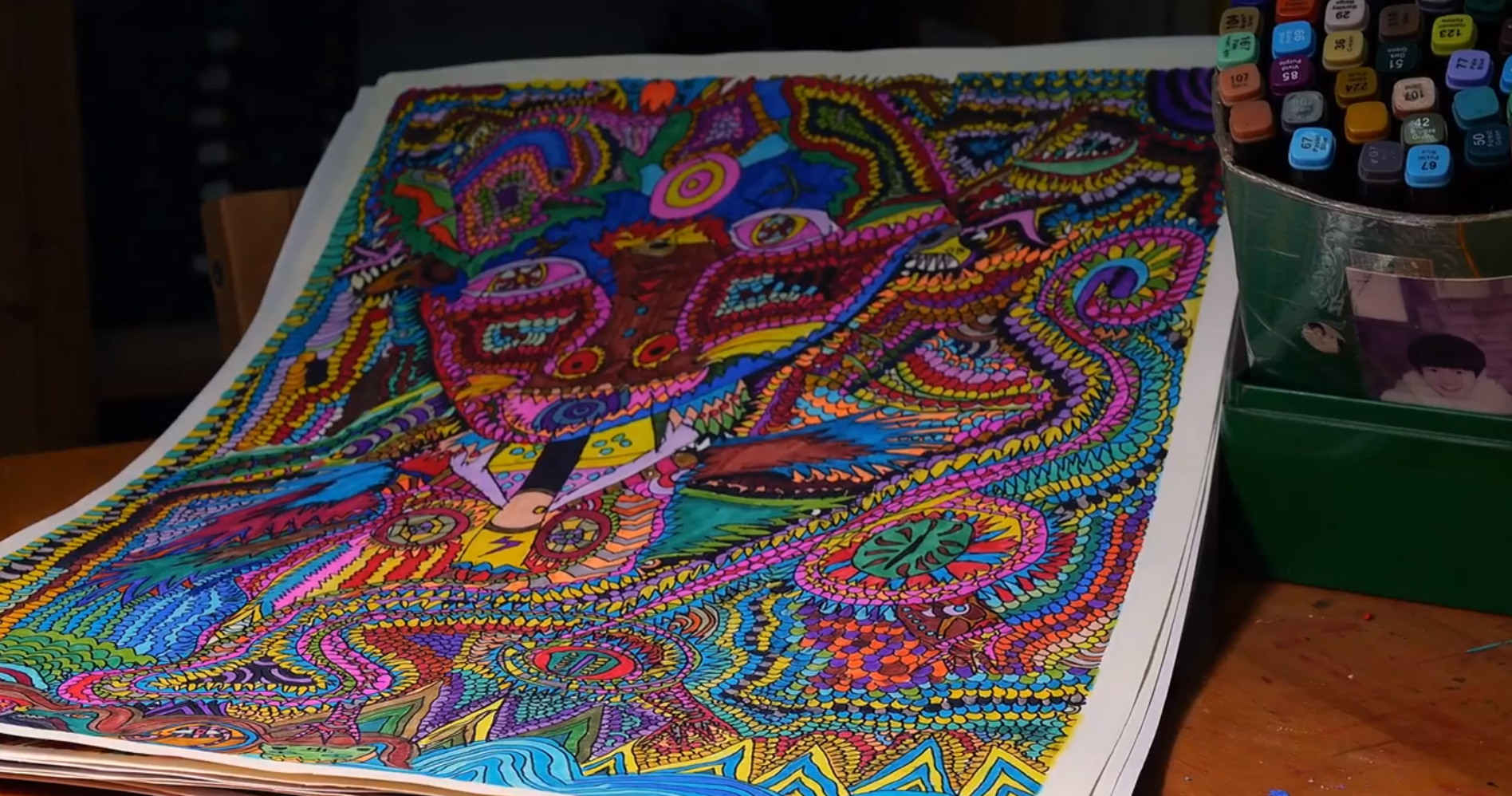
On the east bank of the Ninghu Lake, Anning city of Yunnan province, there is an incense store named Defangji. And Mr. Wu Jianyun is its owner.

Growing up in a family of incense makers, Mr. Wu has developed an interest in knowing, appreciating and making traditional Chinese incense since a young age. He made his very first incense stick in 2005, although it didn’t smell as much pleasing as he expected.

Since the year of 2009, Wu Jianyuan has invented over 30 types of incense sticks with some unique aromatic odors. Plants, food ingredients, poems and natural landscapes could all be his sources of inspiration.


“China has a long history of producing and using incense, and the smells praised by people vary from one time to another,” he said. “While in the Tang Dynasty (618-907 AD), incenses with strong scents were recommended, scholar-officials of the following Song Dynasty (960-1279 AD) rather preferred to burn milder and more meditative incense.”
“For modern consumers, sweet and elegant incense sticks are the better choices,” he added. 

Mr. Wu once created an aroma very much resembling the smell of roses, after more than a thousand times of experiments. And the formula has been applied to make a range of cosmetic products, including as cream, balm and lotion.
Apart from incense sticks, he also makes things like essential oils, brine soaps and sachet out of fragrant substance now. 
Although incenses made from chemicals are very common on today’s market, Wu Jianyun still persists in hand making every stick of his incenses by natural materials.


“Incense making involves over ten different steps, and each one of them requires a great deal of professional knowledge, experience as well as patience,” said Mr. Wu. “But I never get tired or bored of this job.”
“Incense is something that can always evoke people’s nostalgia, and I believe that every incense stick is a mirror of the spirit of its maker,” he concluded. Reporting by Fan Fangjue and Pan Yue (Xinhua); Trans-editing by Wang Jingzhong
|















7740f3b5-9ecb-438e-9052-76cb2d4bb671.jpg)

